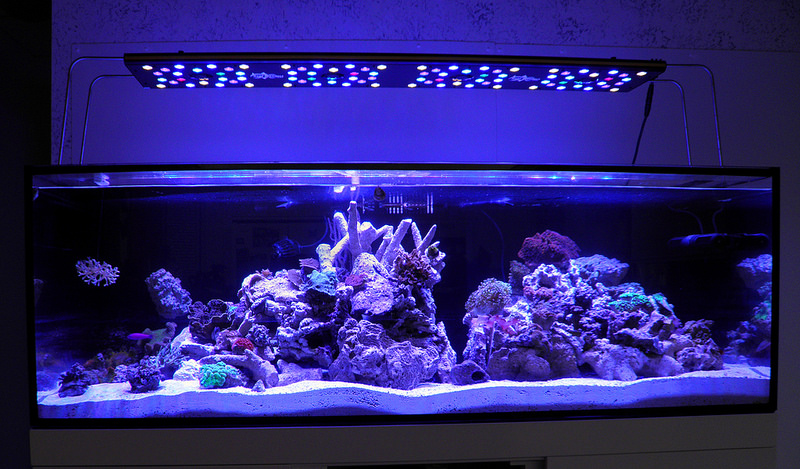Here is a crazy idea, set the egg crate up on pvc pipe legs so 80% of the rocks don't even sit in the sand. Here is a link to the post where I wrote it up how I did it in my tank build:
https://www.reef2reef.com/threads/ron-reefmans-50g-cube.409412/#post-4867204
And here is a photo of the final result. Now remember, more than 80% of this rock is 1" or more above the sand. And there are several reasons why this worth doing.
 P9020001 R1 by Ron Lindensmith, on Flickr
P9020001 R1 by Ron Lindensmith, on Flickr
https://www.reef2reef.com/threads/ron-reefmans-50g-cube.409412/#post-4867204
And here is a photo of the final result. Now remember, more than 80% of this rock is 1" or more above the sand. And there are several reasons why this worth doing.
 P9020001 R1 by Ron Lindensmith, on Flickr
P9020001 R1 by Ron Lindensmith, on Flickr














